Bulk Rosary Beads – Big Pretty Prayer Beads
Check out our bulk rosary beads for DIY crafts, big pretty prayer beads. High quality soft silicone beads. Perfect shapes round, hexagon cube.

Original price was: $13.99.$7.99Current price is: $7.99.
43% Off
Original price was: $16.99.$9.99Current price is: $9.99.
41% Off
Original price was: $17.00.$5.99Current price is: $5.99.
65% Off
Original price was: $20.00.$13.99Current price is: $13.99.
30% Off
Original price was: $16.99.$12.99Current price is: $12.99.
24% Off
Original price was: $11.99.$9.99Current price is: $9.99.
17% Off
Original price was: $20.00.$13.49Current price is: $13.49.
33% Off
Original price was: $14.00.$4.99Current price is: $4.99.
64% Off
Original price was: $14.99.$8.99Current price is: $8.99.
40% Off
Original price was: $17.00.$15.99Current price is: $15.99.
6% Off
Original price was: $20.00.$19.99Current price is: $19.99.
0% Off
Original price was: $21.00.$18.99Current price is: $18.99.
10% Off
Original price was: $12.00.$9.99Current price is: $9.99.
17% Off
Original price was: $12.00.$9.99Current price is: $9.99.
17% Off
Shop Silicone Beads
Shop By Category
Learn to Bead With Us
Beading Tutorials – Tips and Tricks
Subscribe now and get special offers
From Our Blog
OUR MOST RECENT POSTS
Subscribe to our newsletter and get 10% Off!
Clever Beads
Category Description - Bulk Rosary Beads - Big Pretty Prayer Beads
More on Bulk Rosary Beads
With our silicone bulk rosary beads in different colors you can make the most personal rosaries Have a look at our other special items.
Types of Rosaries
Rosary-based prayers are Christian prayers recited on a set of rosary beads, among other cords. These prayers recite specific word sequences on the beads that make up the different sections. They may be directed to Jesus Christ, the Virgin Mary or God the Father.
The most common form of rosary is the Dominican rosary. This is made up of a total of 59 beads, or sometimes knots, and a crucifix, perhaps with a small medallion. The main loop comprises 50 beads (often called Hail Mary beads and named for the prayer they are used to count) arranged as five groups of 10 closely spaced beads called decades. In between most of these decades and separated by a greater distance is a single bead (called an Our Father bead) which may be larger or otherwise distinctive. Attached between one pair of decades is a short string of five beads three of them closely spaced, two others separated by a larger distance. At the bottom of this short string is a cross or a crucifix. This short string may attach to the main loop by a centrepiece in the form of a medallion bearing the image of a saint, a Sacred Heart, or some other symbol.
Many other rosaries follow this basic plan, often with one or two extra decades and a like number of single beads being added and perhaps a different number of beads on the pendant string. Small rosaries may comprise a single decade on the loop while retaining five beads and a cross on the pendant. Large Dominican rosaries may have 169 beads to allow the recitation of 150 Hail Mary prayers without having to pass around the loop multiple times (the remaining 19 beads are fourteen Our Father beads on the loop with 5 beads on the pendant).
Roman Catholic Rosaries - The rosary as prayed by the Bridgettine and Discalced Carmelites orders is a loop containing six decades and five single beads, together with a short string of beads leading to the crucifix. It was propagated by Bridget of Sweden. It adds one additional mystery to each of the three traditional sets of Dominican mysteries: the Immaculate Conception is added as the sixth Joyful Mystery, Christ's body being removed from the cross is the sixth Sorrowful Mystery, the Virgin Mary being matron of the Bridgettine order is the sixth Glorious Mystery. An example of the Bridgettine rosary may be seen depicted on the statue of the Crowned Virgin in the Sanctuary of Our Lady of Lourdes.
Carthusian Rosary- The Carthusian Rosary or Life of Christ Rosary developed by Dominic of Prussia comprises fifty recitations of Hail Mary each interpolated with a phrase stating a Christological or Mariological mystery. For example, "Hail Mary, full of grace, The Lord is with thee. Blessed art thou amongst women, And blessed is the fruit of thy womb, Jesus, whose feet were washed with Mary Magdalene's tears, dried with her hair, anointed with her perfume. Holy Mary, Mother of God, Pray for us sinners, Now and at the hour of our death. Amen." (Italic or oblique section indicating the inserted mystery.) At the time Dominic lived, the Hail Mary comprised only the first half of today's longer prayer—just "Hail Mary..." to "... thy womb, Jesus"—so he was adding his phrase to the end of the prayer.
There are fifty such phrases commended by Dominic and it acquired its alternative name as these cover the life of Jesus more completely than other rosaries. While using all fifty meditative phrases is traditional, the rosary is intended to be contemplative, invites silence for the contemplation, and quality is emphasised over quantity with no need to recite fifty prayers let alone needing to recite all fifty meditations.
The Carthusian Rosary is seen as an ancestor to the Dominican Rosary.
The Chaplet of the Divine Mercy was introduced in the early 1930s by Faustina Kowalska, a nun who lived in Płock, Poland. The focus of this prayer is God's mercy and is centered on three themes: to obtain mercy, to trust in Christ's mercy, and to show mercy to others.
Chaplet of the Immaculate Heart of Mary - The Rosary of Mary's Immaculate Heart is recited using an ordinary rosary. You can such a rosary yourself using bulk rosary beads.
Rosary of the Holy Wounds - The Rosary of the Holy Wounds was introduced at the beginning of the 20th century by Sister Mary Martha Chambon, a Roman Catholic nun of the Monastery of the Order of the Visitation of Holy Mary in Chambéry, France.
This rosary specifically meditates on the wounds of Jesus Christ as an Act of Reparation for the sins of the world. This rosary also focuses on prayers for souls in purgatory. Sister Mary Martha attributed the following purpose for the rosary to Jesus: "you must not forget [...] the souls in Purgatory, as there are but few who think of their relief [...] The Holy Wounds are the treasure of treasures for the souls in Purgatory."
St. Anthony's Rosary - The Irish (specifically the Gaelic-speaking) and their descendants have a tradition of saying 13 Aves rather than ten, in honour of Anthony of Padua, whose feast day is 13 June. Also called the St. Anthony Chaplet, its prayers are accompanied by a poem called the Miraculous Responsory or si quaeris, written by Bonaventure.
Servite Rosary - In 1233, seven of the members of a Florentine Confraternity devoted to the Holy Mother of God were gathered in prayer under the presidency of Alessio Falconieri. According to tradition, the Virgin Mary appeared to the young men and exhorted them to devote themselves to her service, in retirement from the world. They retired to the deserted slopes of Monte Senario near Florence, where they experienced another vision of Mary. There they formed a new Order called the Servants of Mary, or Servites, in recognition of their special manner of venerating Our Lady of Sorrows. The seven-"week" Servite Rosary is variously called the Servite Chaplet; Rosary of the Seven Dolors of the Blessed Virgin Mary; and the Seven Swords Rosary. A set of introductory prayers for the Servite Rosary was written by Alphonsus Liguori in his book The Glories of Mary.
Trinitarian Rosary - The term "Trinitarian Rosary" is used for at least two different rosaries or chaplets.
First, it can refer to the special rosary or chaplet used by the Trinitarian Order (the Order of the Most Holy Trinity for the Redemption of Captives), which was founded in France in 1198. From an early date, the Trinitarians have used a form of prayer based on the Trisagion (sometimes Trisagium or Triagion, from the Greek 'thrice' + 'holy'). This is a Byzantine prayer in praise of the Trinity: its simplest form is "Holy God, Holy Strong One, Holy Immortal One, have mercy on us."
The Trisagion rosary (usually called a chaplet) has three groups of nine beads. In reciting the chaplet, each group is preceded by the Trisagion and the Pater Noster. A special prayer is recited on each of the nine beads: "To you be praise, glory, and thanksgiving for ever, blessed Trinity. Holy, Holy, Holy, Lord God of power and might; heaven and earth are full of your glory." Each group of nine prayers is followed by a Gloria Patri ("Glory be to the Father, and the Son, and the Holy Spirit..."), and the whole ends with a closing prayer.
As with other rosaries that are special to a particular religious Order, its history is rather cloudy. The first question is how long the Trinitarians have used the Trisagion and its associated prayers. The prayers themselves are quite old, and may well have come to the Trinitarians from Byzantium through their connections in the Middle East. The Trisagion itself can be traced at least as far back as the Council of Chalcedon (451 AD) and perhaps further. The use of these particular prayers by the Trinitarians may very well date back to the beginnings of the Order.
A separate question is when beads began to be used to count these prayers. Reciting a certain number of prayers does not necessarily imply the presence of beads—prayers can be counted on one's fingers, by moving a peg from one hole to another, and so forth. It is possible that Trisagion beads were first seen in the 14th or 15th century—when other rosaries became popular, suggesting the concept of using beads as counters.
Paternoster beads - In monastic houses, monks were expected to pray the Divine Office daily in Latin, the liturgical language of the Western Christian Church. Christian monastics, in addition to clergymen, "recited or chanted the 150 Psalms as a major source of hourly worship." To count these repetitions, they used beads strung upon a cord and this set of prayer beads became commonly known as a pater noster, which is the Latin for 'Our Father'.
In some houses, lay brothers who did not understand Latin or who were illiterate were required to say the Lord's Prayer (also referred to the "Our Father") a certain number of times each day while meditating on the Mysteries of the Incarnation of Christ. Lay people adopted this practice as a form of popular worship. In the eighth century the penitentials, or rule books pertaining to penitents, prescribed various penances of 20, 50, or more, paters. The strings of beads, with the aid of which such penances were accurately said, gradually came to be known as paternosters. The paternoster could be of various lengths, but was often made up of 5 "decades" of 10 beads, which when performed three times made up 150 prayers. This typ of rosary can be easily made at home from bulk rosary beads.
Today, some Anglican religious orders, such as the Solitaries of DeKoven, make and promulgate the Pater Noster Cord, in addition to other devotions such as the Anglican Rosary, as a part of Christian spiritual life.
Ecumenical Miracle Rosary - The Ecumenical Miracle Rosary is prayed on the Roman Catholic rosary and is based upon the miracles of Jesus. The Ecumenical Miracle Rosary has gained a favourable response from Catholic, Protestant, and Orthodox Christians and is prayed by members of these denominations. The main features of the Ecumenical Rosary include praying the Nicene Creed on the crucifix or cross, praying a prayer known as "The Greatest Commandment" on "the three Hail Mary beads and all of the decades beads," and praying a prayer known as "The Great Commission"; when returning "to the medal at the end of the rosary," the Jesus Prayer is prayed.
Chotki - While use of the Roman Catholic rosary has gradually been adopted by many Eastern Catholics, many Eastern Catholic churches have undertaken a campaign of liturgical de-Latinization, removing imported devotions and practices (such as the rosary) that have obscured and replaced traditional and authentic devotions and practices of the Eastern Catholic Churches.[citation needed] Subsequently, the most common prayer used in the Eastern Christian Churches (Eastern Orthodox and Eastern Catholic) is the Jesus Prayer, which makes use of the more ancient prayer rope (chotki), a knotted rope (rather than beads) joined together with a knotted cross. The prayer rope is not as fixed in form as the Western rosary (it may have 10, 33, 50, 100, or 500 knots on it), and it normally makes use of beads only as dividers between sections. The Eastern prayer rope is often divided into decades, but it may also be divided into sections of 25 or some other number, or not divided at all.
Anglican Rosary - Among High Church Anglicans, Anglican prayer beads are sometimes used. This set is also known as the "Anglican Rosary"or as "Christian prayer beads", the latter term arising from the popularity this set has gained among Christians of various other traditions. Anglican bead sets contain 28 beads in groups of seven called "weeks", with an additional large bead before each. In total, there are 33 beads representing the years of Jesus' life on Earth. A number of Anglicans use the Jesus Prayer, just like Eastern Christians, but there are no church-appointed prayers or meditations in the Anglican practice. Some Anglo-Catholics use the traditional Dominican rosary.
Nowadays rosaries - Novelty rosaries use new materials like silicone and sometimes big pretty prayer beads , color mix or other elements. Also you can notice more and more DIY rosaries made from bulk rosary beads as home arts and craft projects.
Q and A on bulk rosary beads
Q: What are rosary beads used for?
A: Bulk rosary beads are used to create rosaries.
Q: How do you use rosary beads during prayer?
A: Here’s a simple guide to using the beads:
- Hold the prayer rope with the leading bead (the larger bead or knot) between your fingers.
- Begin by saying the Jesus Prayer: "Lord Jesus Christ, Son of God, have mercy on me, a sinner."
- As you say the prayer, move from bead to bead, reciting the prayer once for each bead.
- When you reach the final bead, you’ve completed one cycle of prayer. You may choose to repeat this cycle multiple times.
- Some may incorporate other prayers or spiritual thoughts between cycles, depending on personal devotion.
Q: What are the benefits of using rosary beads?
A:
- Focus and discipline: They help keep the mind focused during prayer, reducing distractions.
- Rhythm: The repetitive nature of the prayer creates a rhythm that helps the user go deeper into prayer and meditation.
- Spiritual connection: Repeating prayers can bring the person closer to God and allow them to live more intentionally in faith.
- Physical engagement: Holding the beads and counting them creates a physical connection to the prayer, which can help in staying present.
Q: Is there a particular way to hold the prayer beads during use?
A: Yes, generally:
- Hold the prayer beads in your left hand (for right-handed people), using your thumb and middle finger to move from bead to bead.
- You can use the thumb to slide each bead through your fingers while saying the prayer.
- Some people also find it helpful to hold the prayer rope in their right hand, particularly if they are using the prayer beads in a way similar to the rosary.
Q: How can someone make their own rosary?
A: Making your own prayer beads is a personal and spiritual process, and many people find it meaningful to create a prayer rope as part of their spiritual journey. Here’s a general process for making a simple komboskini:
- Materials: You’ll need wool thread (traditionally), wooden beads (optional), and a cross or larger bead for the start and end.
- Knotting: Tie each knot carefully, keeping them uniform in size.
- Adding the cross: At the end or beginning of the rope, attach a small wooden cross or larger knot.
- Blessing: After completing the prayer beads, it’s customary to have them blessed by a priest before use.
Q: Can the bulk rosary beads be used for other prayers besides the Jesus Prayer?
A: Absolutely! While the Jesus Prayer is the most common, many Orthodox Christians use their prayer beads to recite other prayers, such as:
- The Lord’s Prayer
- Hail Mary (in some traditions)
- Prayers for the sick, departed loved ones, or personal petitions.
The beads serve as a tool for any repetitive prayer or devotion that helps focus the mind and spirit.
Q: What should I do if I feel distracted during prayer with beads?
A: It’s natural for the mind to wander during prayer. If you feel distracted:
- Refocus: Gently bring your attention back to the prayer, even if you’ve lost your place.
- Don’t be hard on yourself: Prayer is about the intention and the relationship with God, not perfection.
- Increase your awareness: Some people find it helpful to pause and reflect on the meaning of the words of the prayer after each cycle.
End of categ Bulk Rosary Beads - Big Pretty Prayer Beads
Although the bulk rosary beads are mixed together, they arrive in box. t's worth mentioning that this set includes only the beads themselves; there are no extra supplies like clasps. However, this wasn't an issue for us as our well-stocked craft area has plenty of those supplies on hand.
This has been a great bulk rosary beads set. I have been able to use so many different color combinations. The quality has been perfect. I haven't had any issues with my thread going through the holes or any misshaped beads. I typically use 1mm stretchy cord.


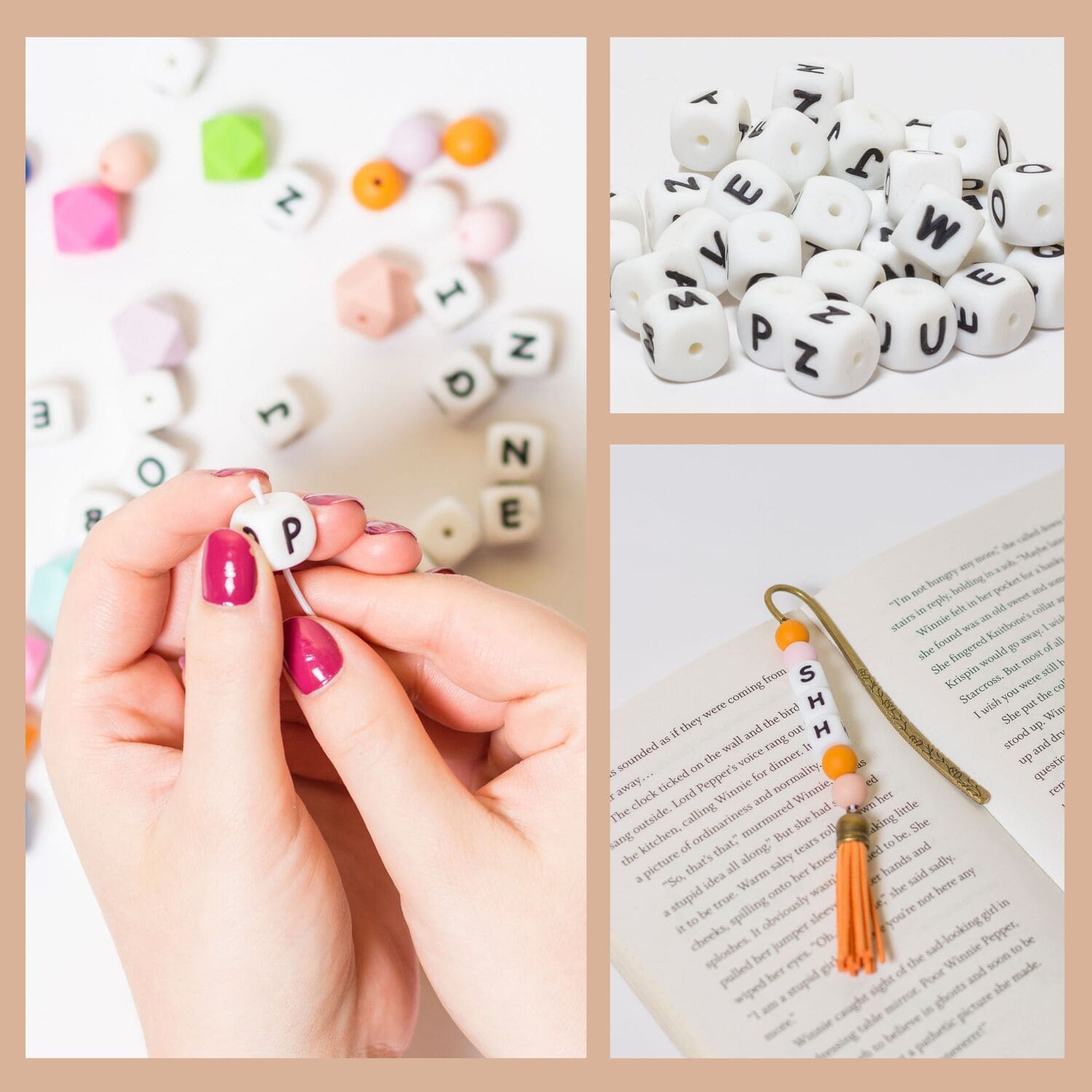
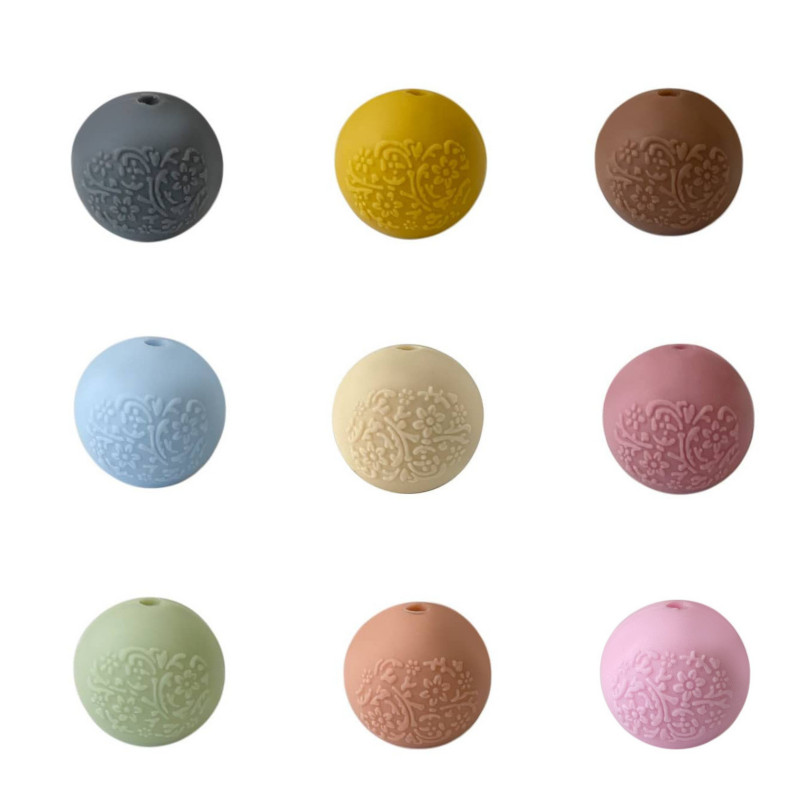



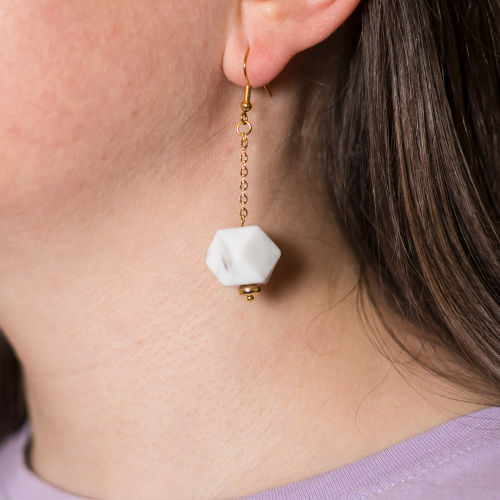

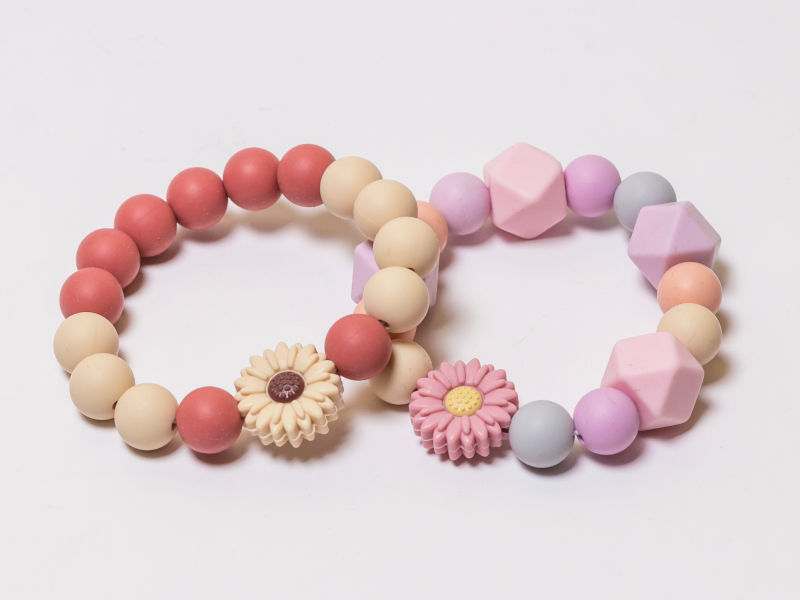

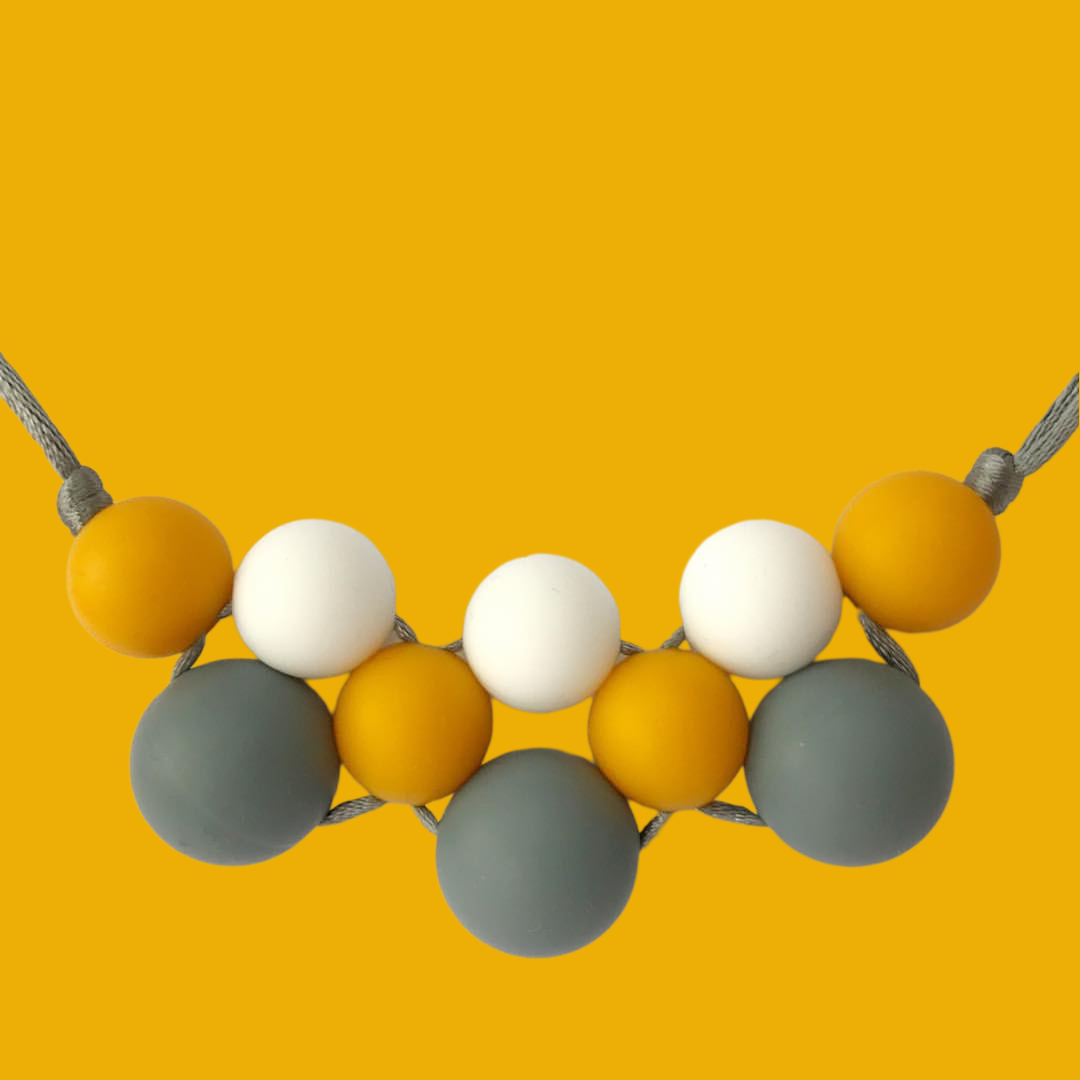

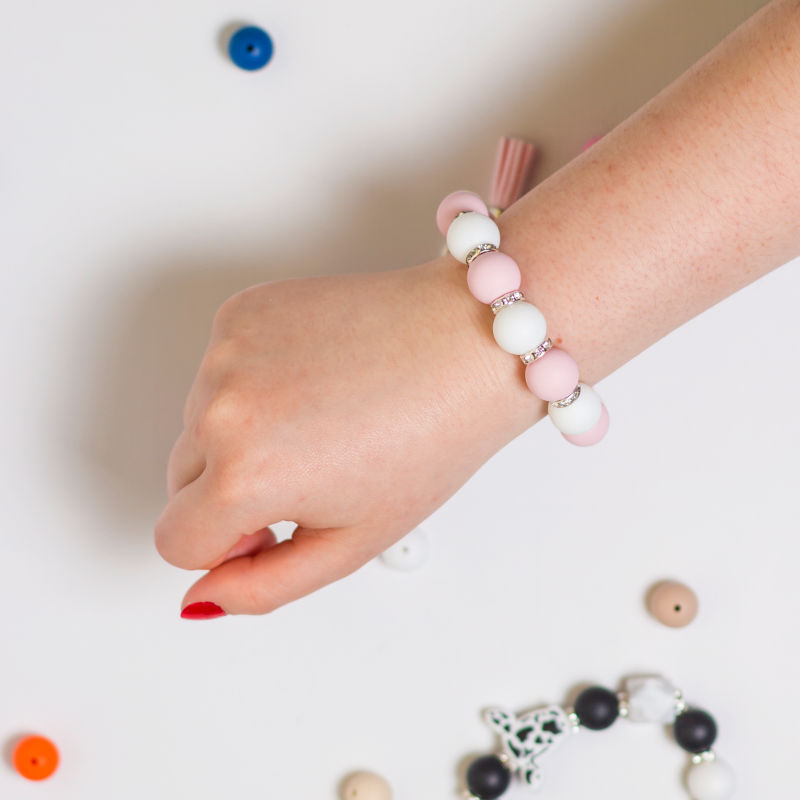

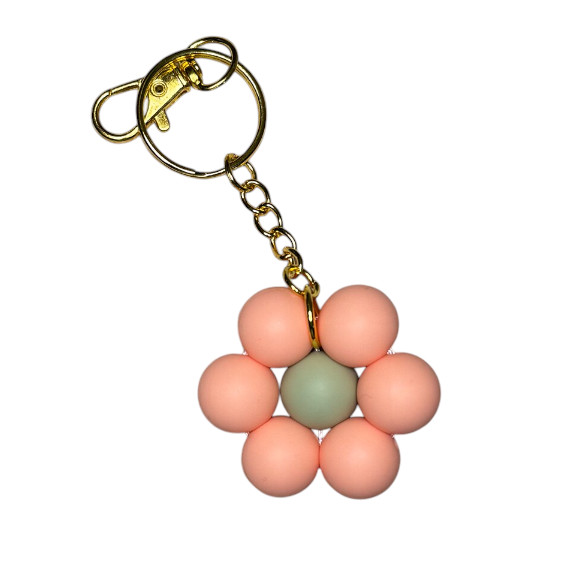












Pam says:
BettySweet says:
Happy Crafter says: